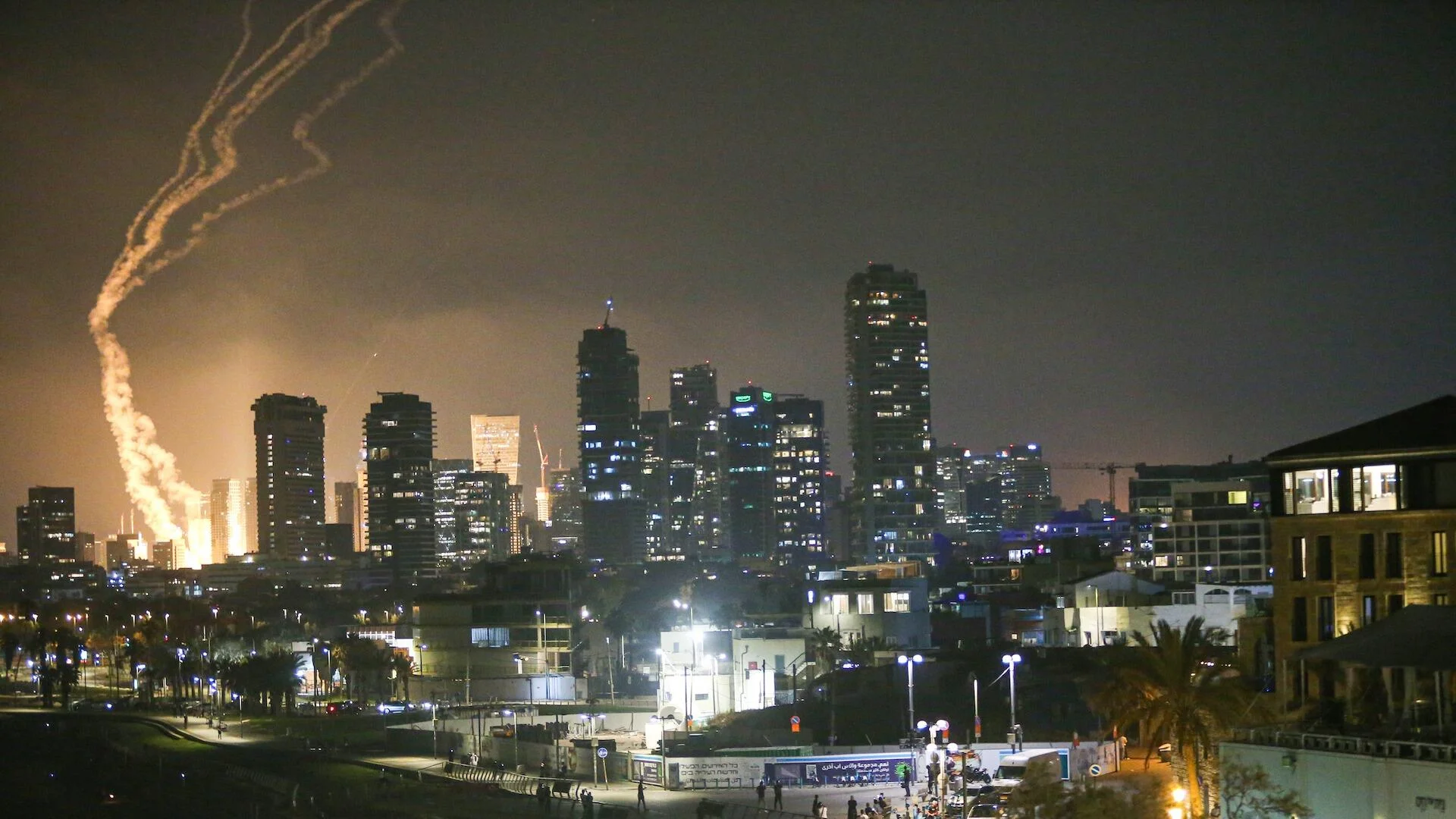A Paper Tiger with a Nuclear Bomb: Iran's Regime is Weaker and More Dangerous Than You Can Imagine

For decades, the world has been held captive by a carefully constructed myth: the myth of the Islamic Republic of Iran as a shrewd, unassailable fortress of strategic genius. We have been told to fear its reach, to respect its power, and to negotiate with its leaders as rational actors. That myth has now been irrevocably shattered, not by an invading army, but by the regime’s own staggering incompetence, public humiliation, and panicked confessions. What remains is a far more terrifying reality: a paranoid, hollowed-out regime, exposed as a paper tiger, that is cornered, flailing, and stumbling towards a nuclear bomb it can neither secure nor control.
The final pretenses of a “peaceful” nuclear program have been incinerated in a bonfire of the regime’s own making. In a move of breathtaking arrogance and desperation, Tehran has officially banned the Director General of the International Atomic Energy Agency (IAEA), Rafael Grossi, from its facilities. It is actively tearing down the very surveillance cameras that provide a veneer of international oversight. Why? The regime’s own officials have admitted the humiliating truth: they are blinding the world because they suffered a “catastrophic security failure” at the hands of Israeli intelligence. Let that sink in. Their justification for plunging the world into nuclear darkness is a public confession that their most sensitive, most critical sites are as secure as a public library. This isn't a show of strength; it's the frantic act of a cheat caught at the card table, knocking over the lamp before fleeing the room.
And what are they hiding in that darkness? IAEA chief Grossi has delivered the bone-chilling answer. He has confirmed that Iran can reconstitute its full-scale enrichment in a “matter of months.” More terrifyingly, he has admitted that the IAEA has no idea where a 900-pound stockpile of highly enriched uranium has gone. Nine hundred pounds. That is not a rounding error. That is the core material for multiple nuclear weapons, and the world’s watchdog has just shrugged and said, “We don’t know where it is.” The regime has successfully played the international community for fools, running out the clock with endless negotiations while it squirrels away the essential ingredients for a doomsday weapon.
This nuclear deception is now irrefutably a military project. The charade of separating the civilian program from the military was always thin, but now the regime itself has torn it down. The spectacle of massive, state-sponsored funerals, where the caskets of top Islamic Revolutionary Guard Corps (IRGC) commanders, including the head of the Guard and its ballistic missile chief, were paraded alongside those of nuclear scientists, is an open declaration. It is a public marriage of the bomb-makers and the missile-makers. The IRGC, a designated terrorist organization, is not merely guarding the nuclear program; it is the nuclear program. The lie of “peaceful energy” is officially dead, buried in the same ground as the regime’s most fanatical military leaders.
Yet, for all this nuclear bluster, the regime’s internal fragility has never been more painfully on display. The carefully cultivated image of an untouchable elite was shattered when Tehran was forced to broadcast a pathetic interview with Ali Shamkhani, a close aide to the Supreme Leader. Visibly injured, propped up with a walking stick and gasping through a breathing aid, he confirmed that his home was obliterated in a precision strike. This was not a defiant roar; it was the wheezing gasp of a system that cannot protect its own inner circle. The regime is a wounded animal, bleeding in the open for all to see.
And how does this wounded animal react? With rabid paranoia and savage brutality against its own people. The state-media-endorsed “season of traitor-killing” is in full swing. Citizens are being hauled before kangaroo courts and swiftly executed on flimsy accusations of spying, a desperate attempt to deflect from the regime’s own security failures. A strong, confident state does not need to engage in public purges. This is the death rattle of a paranoid system that sees an enemy in every shadow, a regime so terrified of its own population that it must use external conflict as a pretext for a bloody domestic crackdown. It is weak, it is frightened, and it is lashing out.
This is the terrifying paradox of the Iranian regime today. It is, in one sense, a permanent nuclear threat. The United States’ own Chairman of the Joint Chiefs of Staff, Gen. Dan Caine, has publicly admitted that the Isfahan nuclear site, where nearly 60% of Iran's enriched uranium is believed to be housed, is buried too deep for even their most powerful conventional bombs to destroy. The regime has successfully built a military-grade nuclear program in an untouchable bunker. Yet the state that controls this permanent threat is itself brittle, incompetent, and rotting from the inside out. It is a regime that can hide its atoms but not its leaders; a regime that can build a bunker but cannot secure a phone line; a regime that aspires to regional domination but is terrified of its own citizens. This combination of unchecked nuclear ambition and profound internal weakness makes it the single most dangerous entity on the planet—a cornered paper tiger with a nuclear bomb.